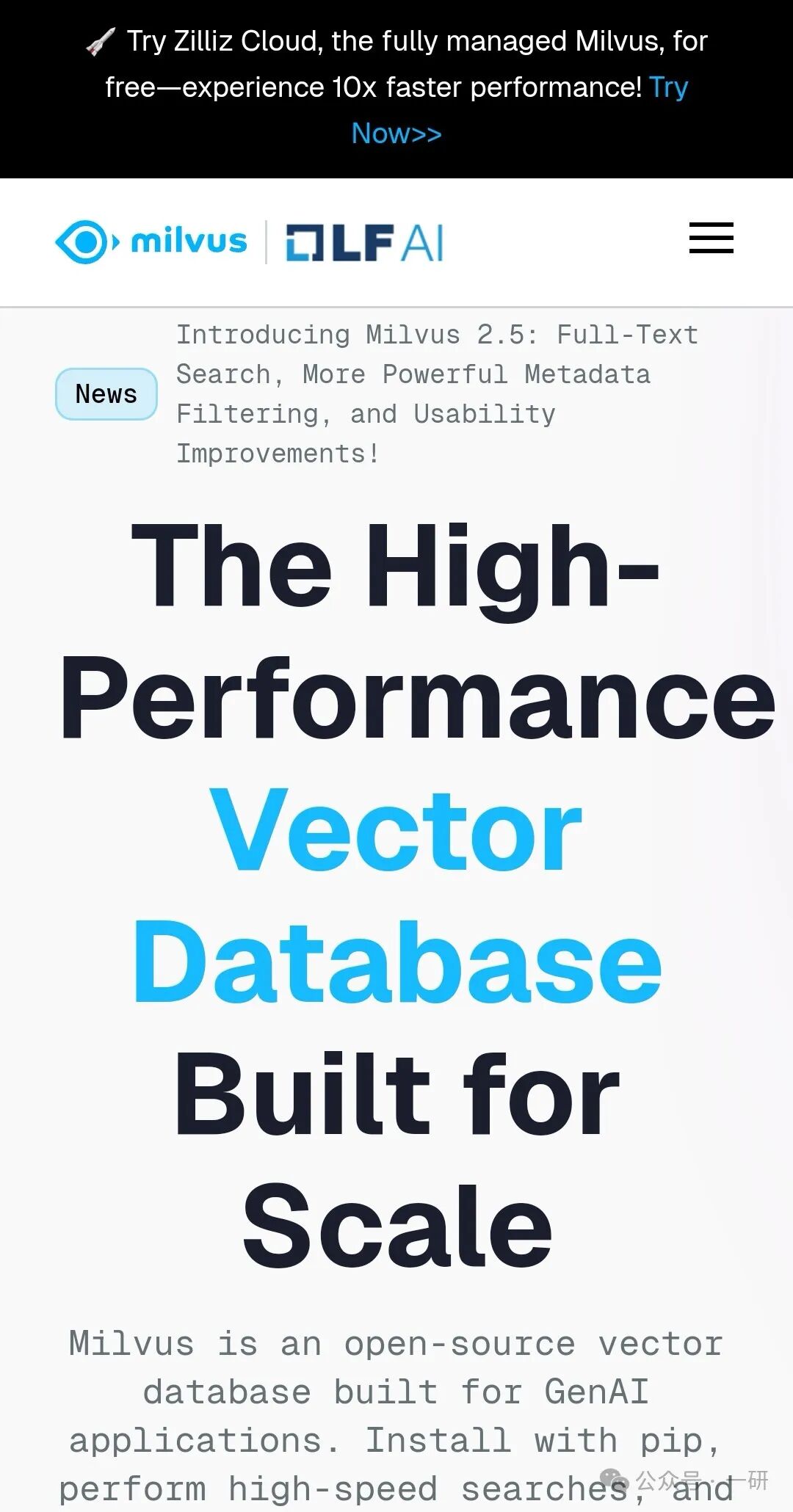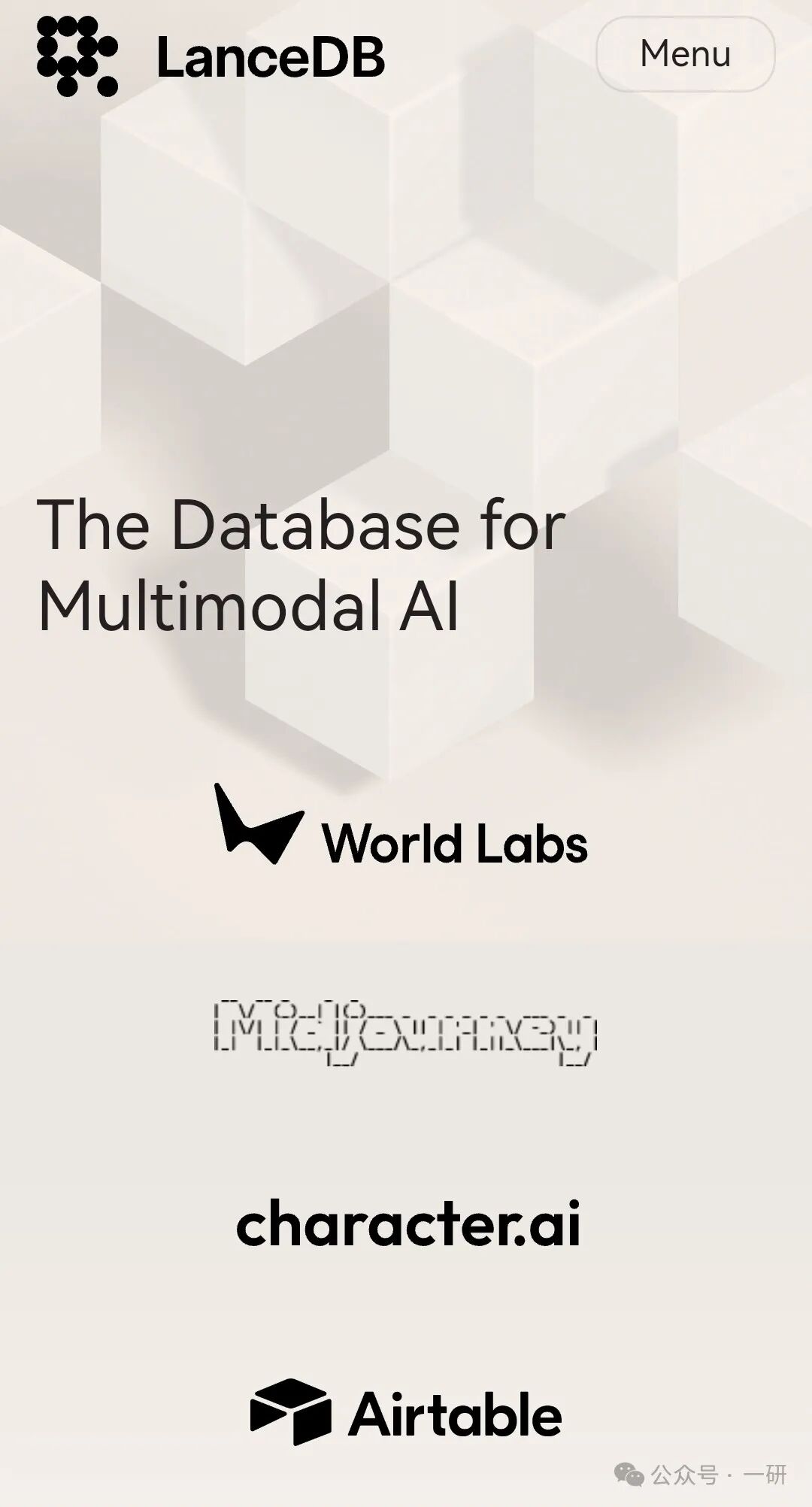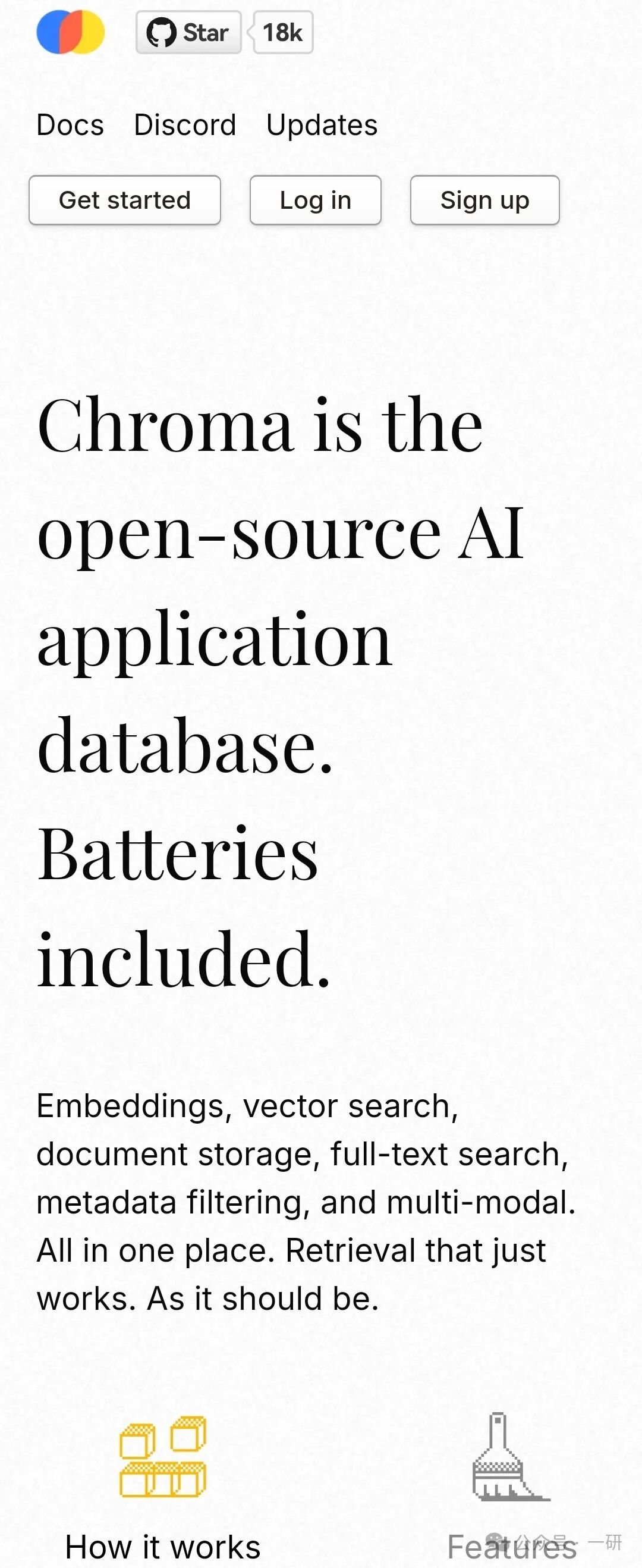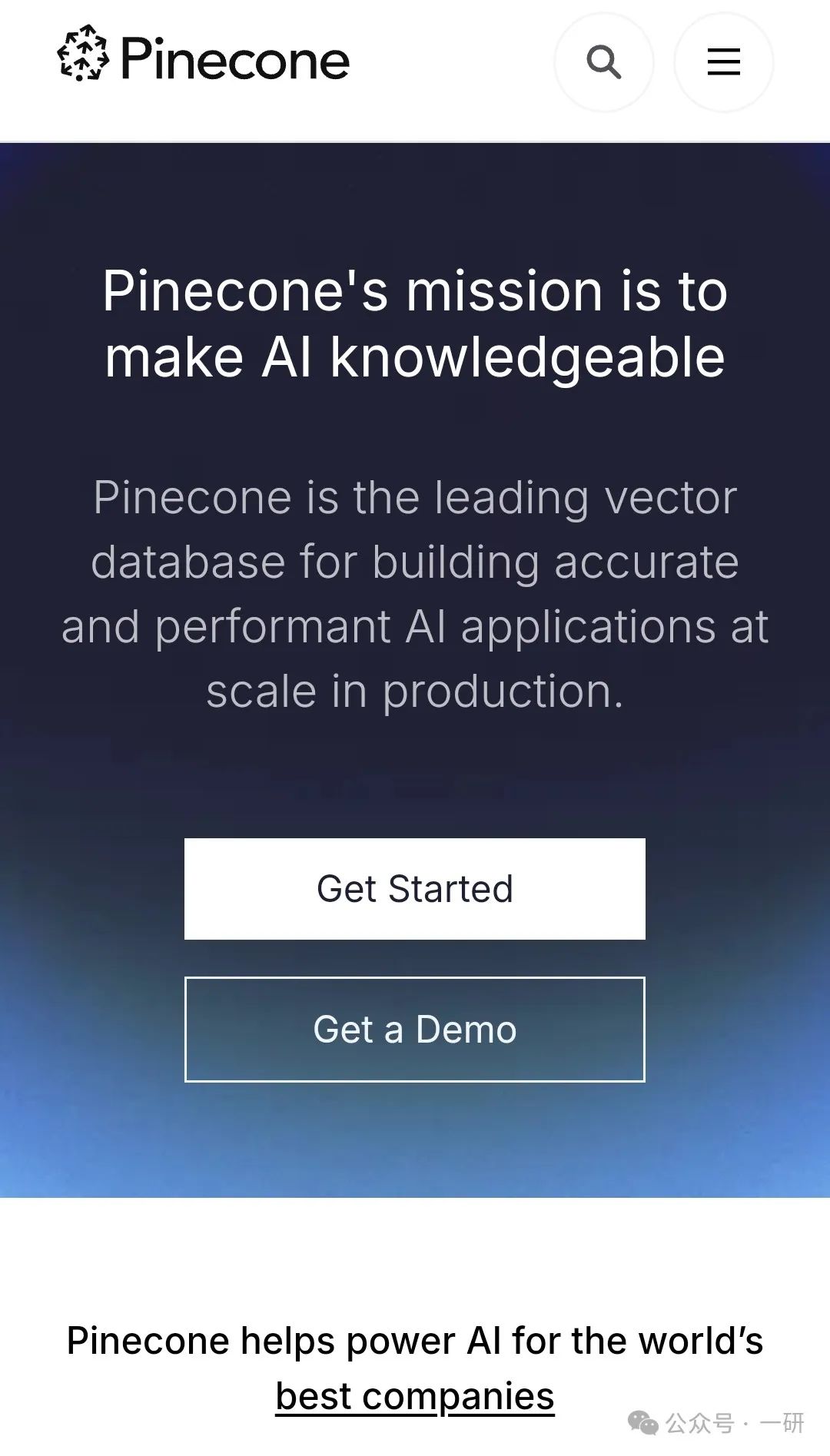
Vector databases are a critical component of the modern AI stack, designed to efficiently store, index, and search high-dimensional vector embeddings. They power applications like semantic search, Retrieval-Augmented Generation (RAG), and advanced recommendation systems. Their ability to find the "nearest neighbors" in vector space at incredible speed has made them a cornerstone of AI development.
But with a growing number of options, how do you perform a proper vector database comparison and select the right one for your project?
This guide breaks down four leading vector databases: Milvus, LanceDB, Chroma, and Pinecone. We'll analyze their core architectures, ideal use cases, and performance trade-offs to help you choose with confidence.
Comparing Top Vector Databases: Milvus vs LanceDB vs Chroma vs Pinecone
Here is our analysis of four of the most popular vector databases available today.
Milvus: The Open-Source Choice for Massive Scale
Built for massive-scale, mission-critical deployments, Milvus is the go-to open-source vector database when you need raw power and fine-grained control. It's a true industry workhorse.
- Billion-Vector Scale: Effortlessly handles collections with billions of vectors while maintaining millisecond-level query latency, making it perfect for web-scale applications.
- Tunable Performance: Offers a rich selection of indexing algorithms (like IVF_FLAT and HNSW), allowing you to strike the perfect balance between search speed and accuracy for your specific needs.
- Advanced Hybrid Search: Go beyond simple vector similarity. Milvus lets you combine vector searches with traditional scalar filtering (e.g., by date, user ID, or category) to handle complex, real-world queries.
Ideal Use Cases:
- Powering web-scale content search or e-commerce product discovery.
- Complex AI systems that require sophisticated filtering alongside semantic search.
- Serving as the core data infrastructure for large model training and inference pipelines.
Bottom Line: For massive, self-hosted deployments requiring granular control and tunable performance, Milvus is the leading open-source vector database solution.

LanceDB: Serverless & Embedded Vector Database for Edge AI
Tired of managing servers? LanceDB is an embedded, serverless vector database that runs directly inside your application, making it incredibly fast, efficient, and easy to deploy.
- Truly Serverless: No separate server to manage or maintain. Just import the library and go. This makes it a natural fit for edge computing, IoT devices, and desktop applications. It's even the default vector store for the popular local RAG tool, AnythingLLM.
- Multimodal Native: Built from the ground up to handle more than just text. Its underlying Lance columnar format is optimized for ML workflows and natively supports images, audio, and other complex data types.
- Lean and Mean: Written in Rust, LanceDB delivers exceptional performance with a tiny resource footprint, making it perfect for projects where efficiency is key.
Ideal Use Cases:
- AI features running locally on mobile phones or IoT devices.
- Rapidly iterating on experimental multimodal AI projects.
- Real-time search on small-to-medium datasets (up to tens of millions of vectors).
Bottom Line: For zero-ops deployments, edge computing, and multimodal applications on datasets up to the tens of millions, LanceDB offers exceptional efficiency and simplicity.

Chroma: Best Vector Database for Prototyping with LangChain
Chroma has captured the hearts of developers because it makes building AI applications incredibly easy. With a Python-first design and a thriving community, it’s the perfect starting point for many projects.
- Open-Source & Community-Driven: With transparent source code and an active community, you can easily customize it, contribute, and get help when you need it.
- Deep LangChain Integration: As a favorite within the LangChain ecosystem, Chroma works seamlessly with the popular LLM framework, drastically simplifying the process of building RAG applications.
- Built for Rapid Prototyping: Its lightweight architecture and simple API mean you can get a proof-of-concept up and running in minutes, not hours.
Ideal Use Cases:
- Quickly building prototypes and demos, like a Q&A chatbot over your documents.
- Powering internal knowledge bases for small and medium-sized teams.
- Applications with frequently changing data, such as real-time content feeds.
Bottom Line: If your team prioritizes rapid prototyping in Python and seamless integration with frameworks like LangChain, Chroma is an ideal open-source starting point.

Pinecone: The Fully Managed Vector Database for Enterprise
For teams that want to focus on building applications, not managing infrastructure, Pinecone offers a fully managed vector database that is battle-tested and just works.
- Effortless Cloud Management: Pinecone is a fully managed cloud service. There are no servers to provision and no indexes to configure. You can deploy a production-ready database in minutes.
- Production-Grade Performance: Engineered for low latency and high concurrency, it delivers millisecond query responses even under heavy load, making it ideal for demanding production environments.
- Enterprise Security & Features: Comes packed with enterprise essentials like Role-Based Access Control (RBAC), data encryption, and dedicated support.
Ideal Use Cases:
- High-performance production systems like real-time e-commerce recommendations.
- Companies that need enterprise-grade reliability without a dedicated DevOps team.
- Startups looking to quickly launch a scalable, production-ready product.
Bottom Line: When operational simplicity, guaranteed performance, and enterprise-grade features are top priorities, Pinecone provides a best-in-class managed solution.

Vector Database Comparison Table
| Feature | Milvus | LanceDB | Chroma | Pinecone |
|---|---|---|---|---|
| Architecture | Distributed, Client-Server | Embedded, Serverless | Client-Server or Embedded | Fully Managed Cloud Service |
| License | Open-Source (Apache 2.0) | Open-Source (Apache 2.0) | Open-Source (Apache 2.0) | Proprietary |
| Primary Language | Go, C++ | Rust | Python | N/A (Service) |
| Ideal Scale | Billions of vectors | Up to ~50M vectors | Millions of vectors | Billions of vectors |
| Best For | Large-scale, self-hosted systems | Edge AI, multimodal, rapid development | Prototyping, RAG, community projects | Production apps, enterprise use |
How to Choose the Right Vector Database for Your Project
Choosing a vector database isn't about finding the single "best" one—it's about finding the right fit for your specific needs. Here’s a quick cheat sheet:
- For Startups & Rapid Prototyping: Start with Chroma or LanceDB. Their simplicity and low overhead let you build and iterate quickly.
- For Enterprise & Production Scale: Choose Pinecone for a fully managed, hands-off experience, or Milvus if you need maximum control and are prepared to manage it yourself.
- For Multimodal & Edge AI: LanceDB is the clear winner here, thanks to its embedded design and native support for diverse data types.
- For Open-Source & Long-Term Control: Milvus and Chroma offer the flexibility and community support that come with open-source, preventing vendor lock-in.
The vector database landscape is evolving rapidly. However, the core decision-making process remains constant: define your project's requirements for scale, operational overhead, and performance. By weighing these trade-offs, you can select a database that will not just support, but accelerate your next AI innovation.
Key Takeaways
• Milvus, LanceDB, Chroma, and Pinecone are top vector database options to consider.
• Evaluate performance, scalability, and specific use cases when choosing a vector database.
• Vector databases enhance applications like semantic search and Retrieval-Augmented Generation (RAG).